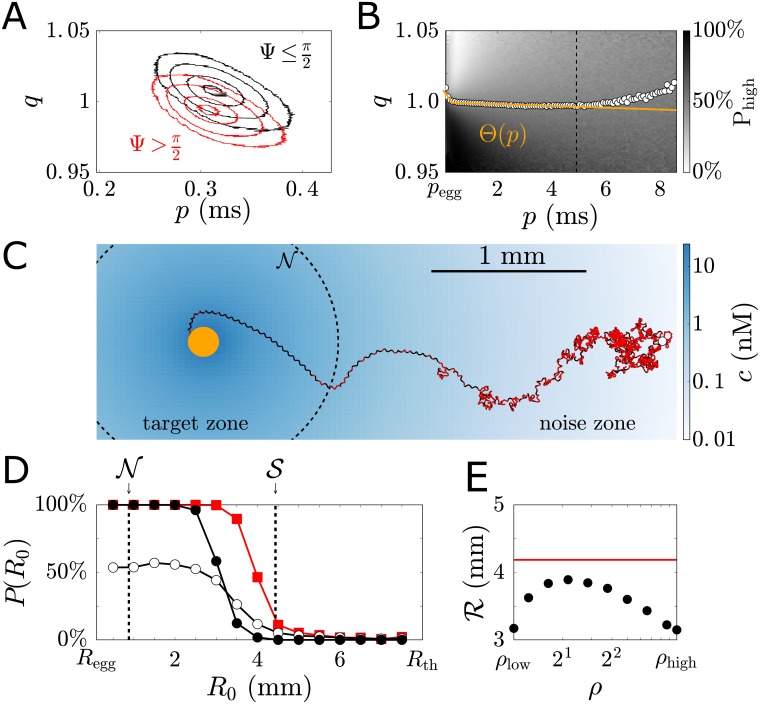Fig 5. Simple implementation of optimal decision making.
(A) Signalling variables p and q contain information about the helix orientation angle Ψ and distance R to the target. Contour levels for conditional probability densities (red) and (black) (corresponding to 1%, 10%, 50%, 90% percentiles; R = 1.5mm). (B) Relative frequency of ‘high-gain’ steering predicted by the optimal decision strategy, for given combination of (p, q). We define a decision boundary Θ(p) (yellow) by a piecewise linear fit to the 50%-contour line (up to p = 5ms, corresponding to a limit of sufficiently reliable state estimation, see S1 Appendix). (C) Simulated swimming path using this decision rule with dynamic switching between ‘high-gain’ steering (red) and ‘low-gain’ steering (black); projected on xy-plane. The chemoattractant concentration in this plane is shown (blue gradient), together with the boundary of the noise zone. (D) Success probability P(R0) for full simulations with simple decision making (red) as a function of initial distance R0 to the egg. For comparison, success probabilities for ‘low-gain’ steering (white) and ‘high-gain’ steering (black) are shown. (E) The effective chemotactic range with decision making (red) is larger than for an optimal constant gain factor (black). Parameters, see S1 Appendix.

